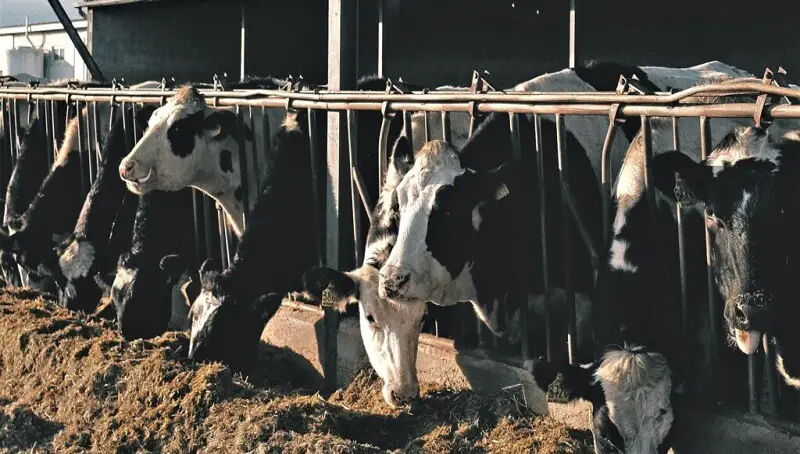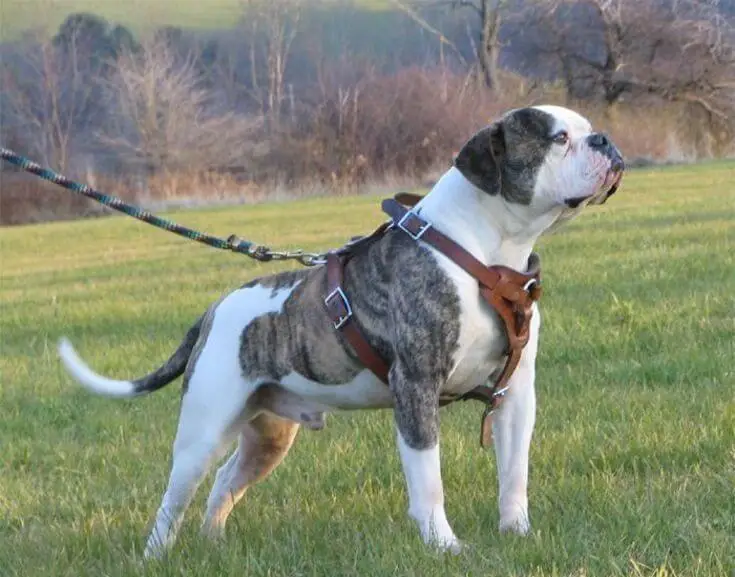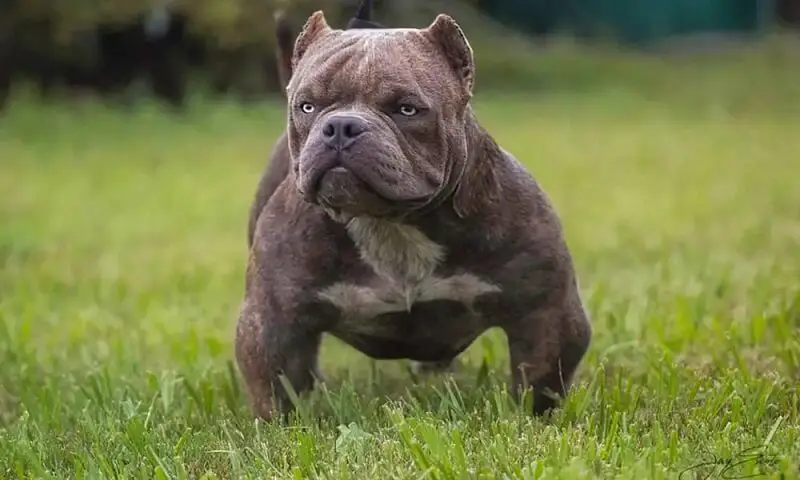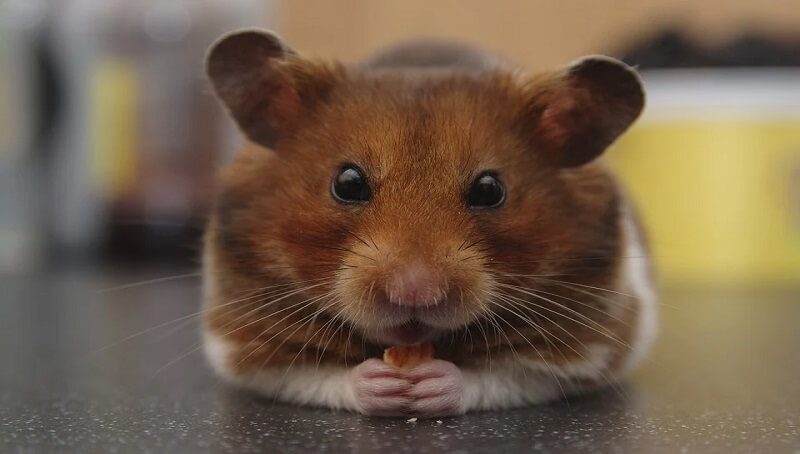The cow is a polyestrous animal because it manifests its reproduction cycle throughout the year and all seasons. In the spring and autumn seasons, their sexual activity is more intense.
Cows are mammals, like us humans, because they have some similarities with our reproductive system. However, cows do not have periods, but a phase called a heat circle. It is a period, called the estrus cycle, in which they bleed, which makes most people think that cows have periods. For a woman, when she’s on her period it means that she bleeds monthly and she is not pregnant, but for cows, it doesn’t mean any of these.
From the onset of sexual maturity to climacterium, the genital system works rhythmically and cyclically. Sex or gametogenic cycle means the chain of phenomena and processes that are repeated and successfully resulting in the release of one or more eggs suitable for fertilization.
You might also like my article on whether cows can swim.
After puberty, a heifer continues to have regular estrous cycles every 21 days (the normal range is every 18 to 24 days). The estrus cycle in cattle is complex and regulated by several hormones and organs.
The duration of each sexual cycle and its phases is dependent on species, breed, climate, diet, and individual.
In terms of frequency of sexual cycles, females are divided into:
- monoestric (monocyclic) – shows only one cycle of heat per year (wild animals);
- diestric (dicyclic) – shows two sexual cycles per year (the dog);
- polyestric (polycyclic) – shows several heat cycles per year (the goat, cow, buffalo, sheep, sow). Within this group, the male and female are seasonal polyestrous females.
How long are cows in heat?
The average duration of a heat cycle is 21 days with variations between 12-25 days.
In heifers, the length of the heat cycle is 1-2 days shorter than in adult cows. The large variability in the length of the heat cycle of a cow is explained by the length of the luteal body activity, which is 16 days (on average) and controls the length of the heat cycle.
What is the cow’s reproductive cycle?
Short heat cycles may be due to insufficient luteinization, while longer heat cycles are due to insufficient secretion.
Heat cycles longer than the average duration of the species may be due to embryonic mortality. With a balanced diet and proper maintenance, the heat cycle is continuous and uniform throughout the year.
The duration of the stages of the heat cycle is as follows:
- proestrus 2-4 days;
- estrus 12-36 hours, with an average of 18 hours;
- metaestrus 14-16 days;
- diestrus 2 days.
Do cows breed?
Each breed of cow can breed as long as the cow and the bull reached a proper age and are fertile. It is best for them to be separated until a certain age so they won’t mate and have immature babies.
If cows do not have periods, why do they bleed?
Most of the time, a few days after the heat cycle, cows or cattle bleed. This phenomenon occurs regardless of whether they have become pregnant or not after mating or insemination.
Signs a cow may be in heat
In the proestrus phase you can observe some of these in caws:
- They get mounted;
- They’re mowing;
- They are licking other cows;
- They have incipient secretion.
Physical signs of approaching heat cycle are characterized by swelling and congestion of the external genitalia, a process that progresses as the heat intensifies. The mammary gland appears swollen and congested, and milk, which decreases compared to the previous days, can change its taste, becoming salty.
Signs of behavior that indicate the heat cycle are easy to see when animals are taken out for exercise. Cows in heat tend to jump on other animals. Conclusive for the heat state is the no reaction acceptance of mounting made by other females.
The cow in heat is agitated, moos often, has a whimsical appetite, pays attention to the slightest noise and turns its head at the entrance of any foreign person, and stops eating. A cow in heat dungs more often and urinates frequently, having the urine more cloudy than usual.
The most characteristic sign of the appearance of the heat cycle is the leakage of a colorless mucus, with the appearance of melted glass, abundant and with a liquid consistency.
The manifestation of heat is mainly during the night (between 0-6 a.m.) and late in the evening. Over the course of the day, 58% may experience heat in the morning, 28% at noon, and 49% at night. To make sure the cow has gone into heat, you need to make 3 observations a day, 30 minutes each.
The duration of heat manifestation in cows is very short, on average 18 hours, with very large variations between 6 and 30 hours. One in three cows experiences shorter heat, of only 12 hours.
At what age do cattle first come into heat?
Generally, the first heat cycle in the heifer occurs between the age of 6 and 12 months. However, in order to obtain a large production of milk and the first calving to be vigorous and well-developed, it is good to take into account several considerations in determining the optimal timing of heifers to breed.
Depending on the breed, several rules are known to help farmers who raise animals to make a decision on the first mount of the heifer: The introduction of the cattle into breeding is done after it has reached puberty. This generally occurs in males between 7-12 months and females between 9-12 months, with very high variability depending on other factors, especially breed and feeding.
Veal is recommended to be introduced to breeding at 16-18 months, and females generally at 18-24 months, depending on breed and breeding conditions.
Should you let a cow breed on her first heat?
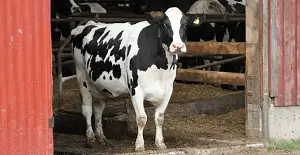 If a heifer is introduced too early to breeding, it may suffer developmental delays and gestation may be a problematic one with abnormal development. The resulting calves are at risk of disease, and the production of the first lactation will be lower.
If a heifer is introduced too early to breeding, it may suffer developmental delays and gestation may be a problematic one with abnormal development. The resulting calves are at risk of disease, and the production of the first lactation will be lower.
If a heifer is breaded too late, there is a risk of damage to the breeding facility by the occurrence of the phenomenon of fatty degeneration of the ovaries. Repeated heat cycles cause ovarian cysts and improper development of the udder, as well as a worsening of its structure, due to the lack of functional gymnastics of the mammary gland. Among the consequences of achieving the mount at an older than optimal age is the reduction in the number of calves and the production of milk for life.
If due to negligence, the heifer is mounted too early, to reduce the negative consequences, it is recommended to feed it abundantly, both during gestation and after parturition. In the case of these heifers, lactation will be shortened to no more than 6-7 months, regardless of daily milk production. These cows will be fitted to be mounted again, after the first parturition, at 5 months.
Is there a way to make a cow go into heat?
The easiest and safest way for a cow to go into heat earlier is to let mother nature do its job, so the cow reaches the heat stage naturally. If this doesn’t go so well there are two other alternatives.
The first and most used method is injecting the cow with prostaglandin, which increases the estrogen level, and induces the cow to fasten its heat cycle.
Many farmers and animal holders use to put the cows to which they want to induce the heat cycle, with the cows which are already on the heat cycle, or with the bulls.
How do you know if a cow got pregnant?
The heat cycle in cows lasts 21 days or 3 weeks. If after 3 weeks the heat returns, it means that the cow has not become pregnant and then a new mounting or insemination should be tried in the hope of a better result.
If they become pregnant, the cows no longer show signs of heat and bleeding. The gestation period in cows is about 9 months. To ensure that the cow/calf is pregnant, pregnancy control should be performed approximately 40 days after it has been mounted or inseminated.
In the season when cows are kept in the stable, in addition to anti-infective treatment, feeding, appropriate microclimate, best zoo hygiene conditions, but also daily walks for the animals, should be taken into account for the improvement of environmental conditions.
